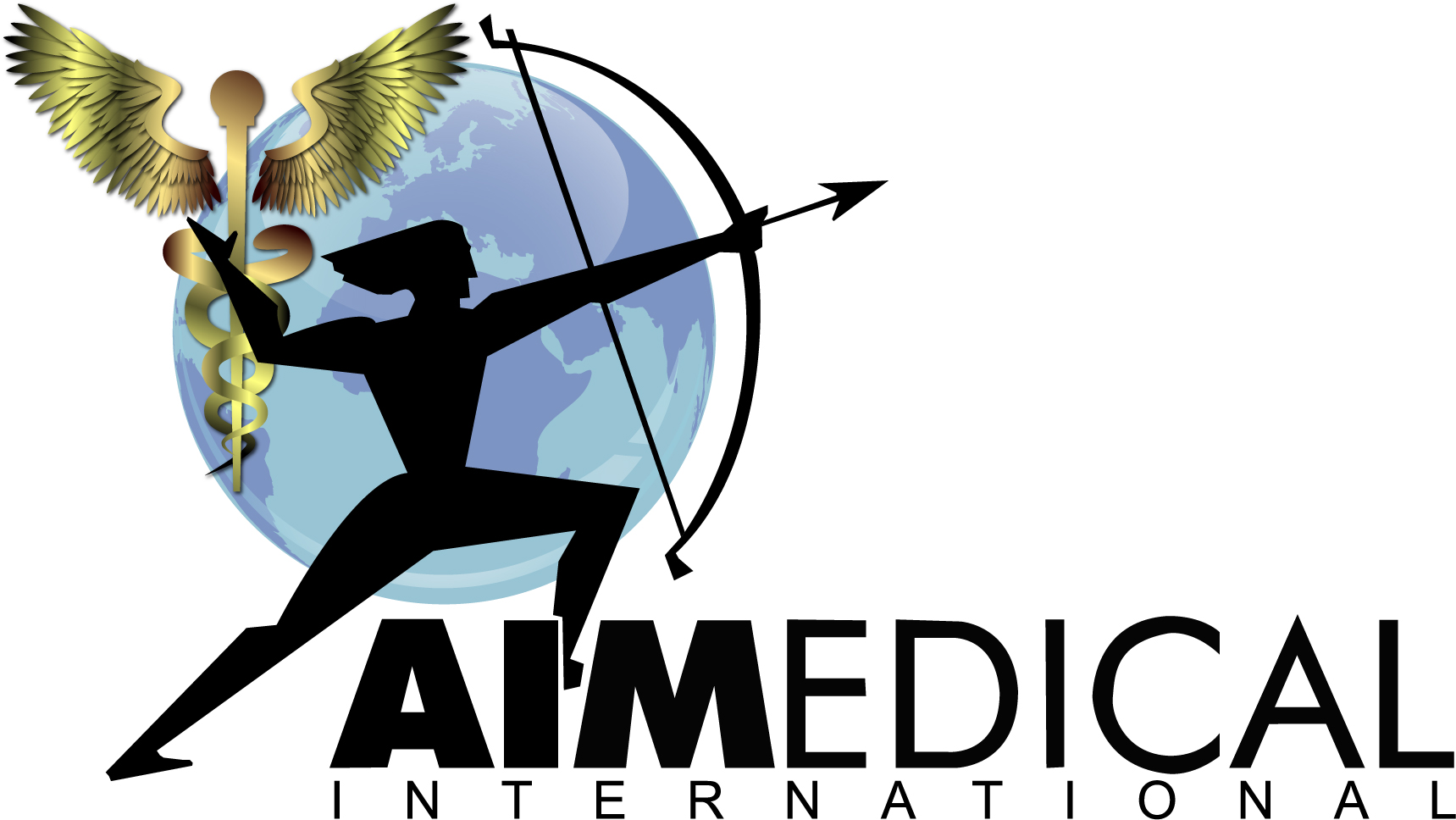How to Optimize Your Physical Therapy Outcomes with Surface EMG Machines: Insights and Data Analysis
The utilization of Surface EMG Machines in physical therapy has gained significant attention in recent years, owing to their ability to provide real-time muscle activity data that can enhance treatment outcomes. According to a report by the American Physical Therapy Association, integrating advanced biofeedback tools such as Surface EMG can increase patient engagement and improve recovery rates by as much as 30%.
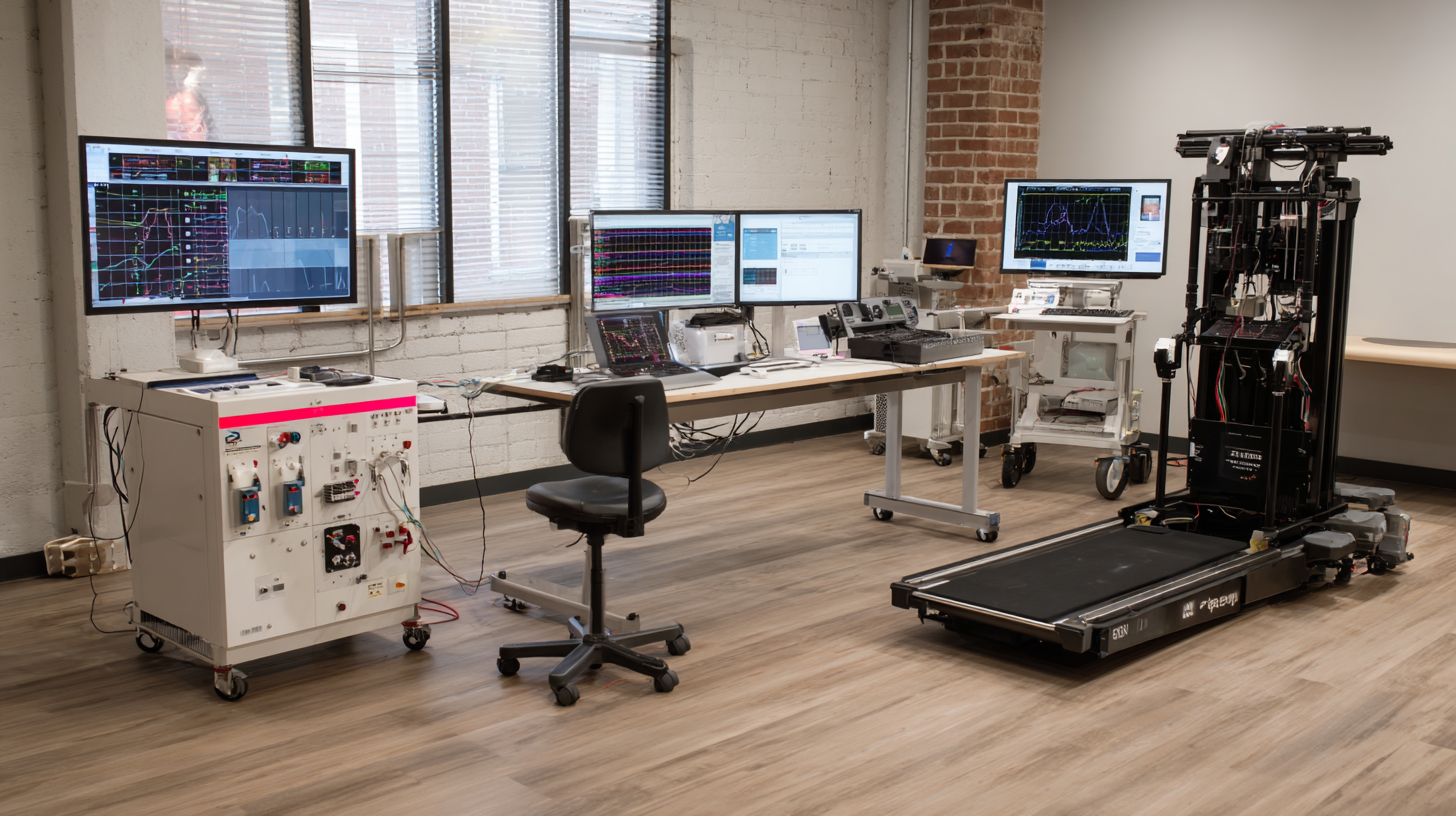 Additionally, a study published in the Journal of Orthopaedic & Sports Physical Therapy suggests that consistent use of these machines allows therapists to tailor individualized treatment plans based on precise neuromuscular feedback, thereby optimizing functional recovery. As the demand for data-driven approaches in rehabilitation therapy continues to rise, understanding how to effectively utilize Surface EMG Machines will be critical for practitioners aiming to enhance therapeutic results and patient satisfaction.
Additionally, a study published in the Journal of Orthopaedic & Sports Physical Therapy suggests that consistent use of these machines allows therapists to tailor individualized treatment plans based on precise neuromuscular feedback, thereby optimizing functional recovery. As the demand for data-driven approaches in rehabilitation therapy continues to rise, understanding how to effectively utilize Surface EMG Machines will be critical for practitioners aiming to enhance therapeutic results and patient satisfaction.
Benefits of Surface EMG Machines in Enhancing Patient Assessment Accuracy
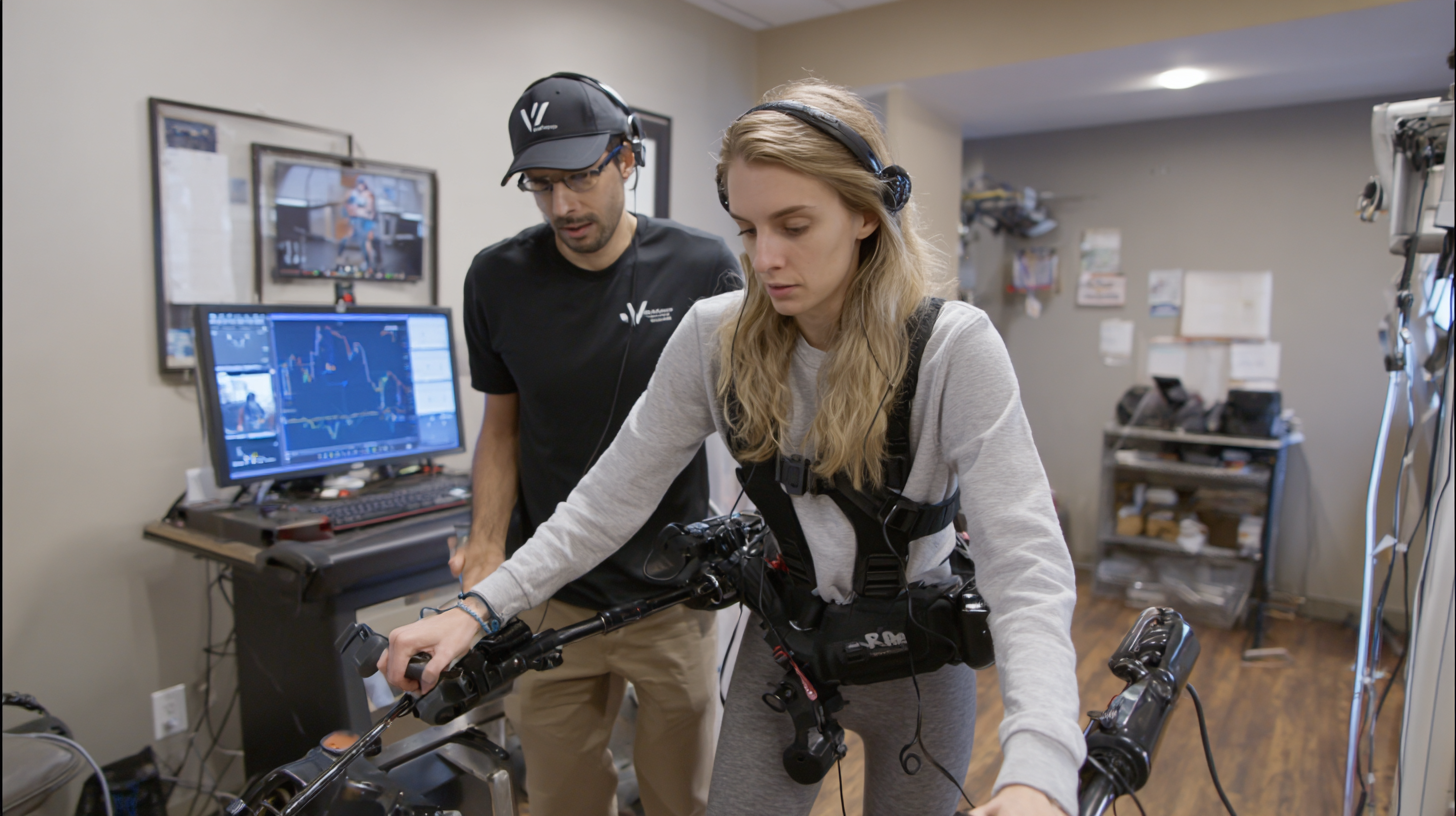 Surface electromyography (sEMG) machines have revolutionized the way physical therapists assess and enhance patient outcomes. One of the primary benefits of sEMG technology is its ability to provide real-time data on muscle activity, which significantly improves the accuracy of patient assessments. According to a study published in the Journal of Electromyography and Kinesiology, the use of sEMG can increase diagnostic accuracy by up to 30%, allowing therapists to tailor rehabilitation programs to individual needs more effectively.
Surface electromyography (sEMG) machines have revolutionized the way physical therapists assess and enhance patient outcomes. One of the primary benefits of sEMG technology is its ability to provide real-time data on muscle activity, which significantly improves the accuracy of patient assessments. According to a study published in the Journal of Electromyography and Kinesiology, the use of sEMG can increase diagnostic accuracy by up to 30%, allowing therapists to tailor rehabilitation programs to individual needs more effectively.
Furthermore, the integration of sEMG in clinical practice helps in monitoring progress throughout the treatment process. A report from the American Physical Therapy Association indicated that therapists using sEMG feedback can achieve a 40% increase in patient engagement and compliance with their exercise regimens. This heightened engagement not only fosters better patient relationships but also leads to faster recovery times and enhanced therapeutic results. By empowering therapists with precise data on muscle performance, sEMG machines enable more informed decision-making, ultimately resulting in optimized rehabilitation outcomes for patients.
Integrating Surface EMG Data into Treatment Plans for Tailored Therapy
Incorporating Surface EMG (sEMG) data into physical therapy treatment plans is revolutionizing patient outcomes. Recent studies indicate that the integration of sEMG can lead to a 25% improvement in rehabilitation progress for patients suffering from musculoskeletal disorders. By utilizing real-time muscle activity feedback, therapists can tailor their approach based on individual patient needs and performance metrics. This personalized data facilitates a more targeted intervention, enabling practitioners to adjust exercises and techniques on-the-fly, ultimately enhancing the effectiveness of therapy.
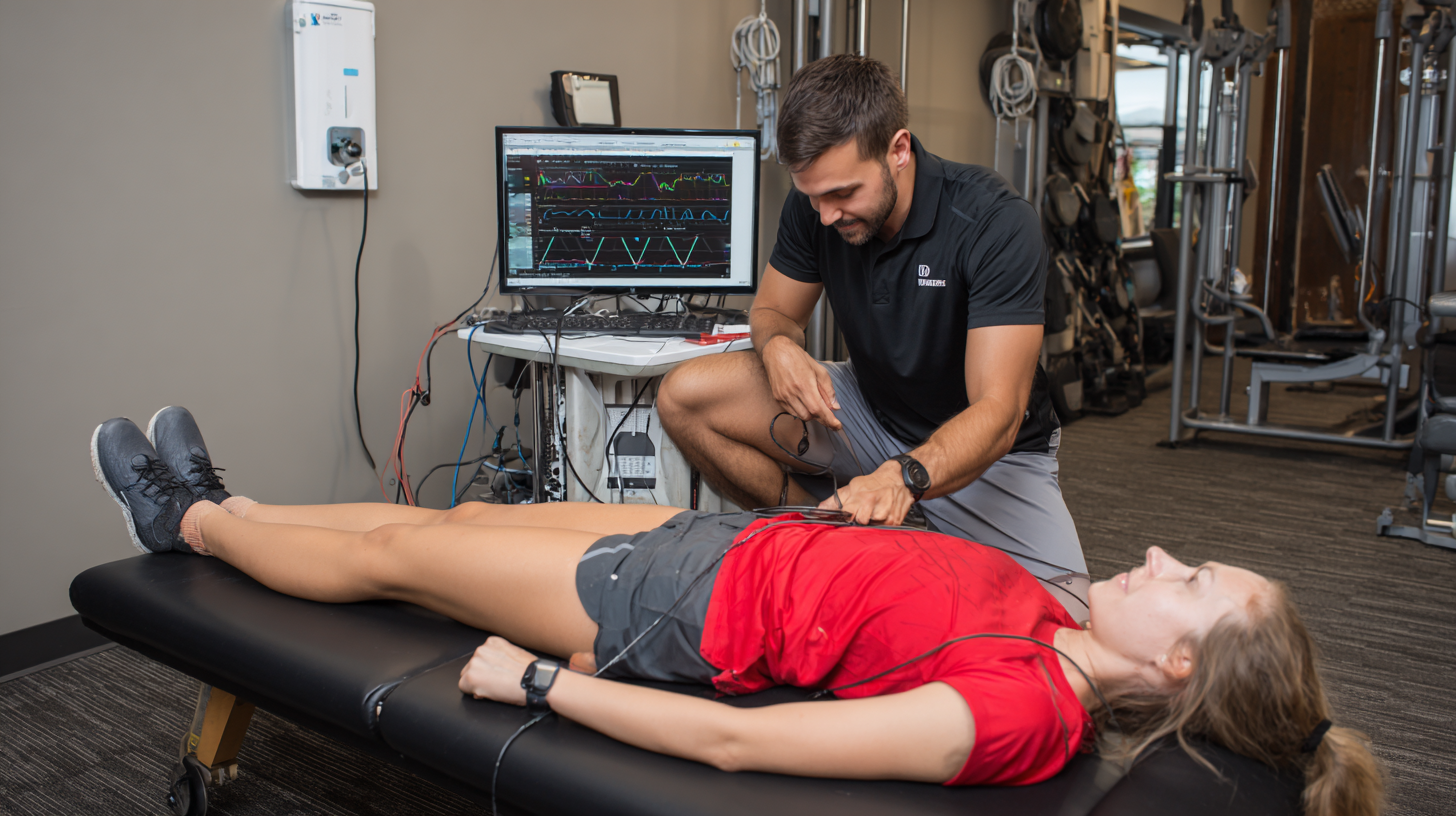
Moreover, research published in the Journal of Rehabilitation Research shows that patients who receive treatment guided by sEMG-generated data report a 30% increase in exercise adherence. This is largely due to the immediate visual feedback provided, which not only improves motivation but also fosters a deeper understanding of muscle engagement throughout the rehabilitation process. By actively involving patients in their recovery through data insights, physical therapists can promote a collaborative environment that supports sustained engagement and better long-term outcomes. Incorporating sEMG technology in therapy plans is not just about improving metrics; it’s about creating a more holistic and responsive experience for each patient.
Analyzing Patient Progress: How EMG Metrics Enhance Outcome Tracking
Surface electromyography (sEMG) machines provide vital insights into patient progress by capturing electrical activity in muscles. By analyzing these EMG metrics, practitioners can not only assess muscle function and recruitment patterns but also tailor rehabilitation programs to meet individual needs. This data-driven approach allows physical therapists to monitor changes in muscle activity over time, which is crucial for tracking recovery and enhancing overall treatment efficacy.
Furthermore, integrating sEMG data into clinical practice empowers therapists to make informed decisions regarding therapy adjustments. By examining variations in EMG readings, therapists can identify areas where patients may be struggling or improving. This continued feedback enables more accurate outcome tracking, allowing for timely interventions. Ultimately, leveraging EMG metrics enhances the patient's rehabilitation journey by fostering a proactive approach to their physical therapy outcomes.
Patient Progress Analysis Using Surface EMG Metrics
This bar chart illustrates the EMG signal amplitude for five different patients. The data highlights the variations in muscle activity levels as tracked through surface EMG machines, which can aid physical therapists in optimizing treatment plans and monitoring patient progress over time.
Comparative Studies: EMG Use vs. Traditional Methods in Physical Therapy
Surface electromyography (sEMG) has gained traction in physical therapy as a tool that offers insights that traditional methods cannot match. Comparative studies reveal that sEMG provides real-time data on muscle activation patterns, enabling therapists to tailor treatments more effectively. In contrast, traditional methods often rely on visual assessments and subjective reports, which can lead to inconsistencies in therapy outcomes. By adopting sEMG, physical therapists can enhance their understanding of muscle dynamics and make informed decisions to optimize patient recovery.
Tips for integrating sEMG into your practice include reviewing patient data collaboratively with your team to identify areas of improvement. Additionally, using sEMG to monitor muscle activation during exercises can help patients visualize their progress and stay motivated. Encouraging regular feedback sessions based on sEMG readings can create a more engaging and responsive rehabilitation experience. This data-driven approach not only improves therapy outcomes but also empowers patients to take an active role in their recovery journey.
Moreover, incorporating sEMG allows therapists to identify muscle imbalances and enforce corrective exercises more accurately. This proactive approach contrasts sharply with the traditional trial-and-error methods that may overlook subtle neuromuscular issues. By leveraging the detailed insights from sEMG, therapists can foster a more efficient and effective rehabilitation pathway for their patients, ensuring a more comprehensive recovery process.
Training Staff on EMG Technology: Best Practices for Optimal Results
Training staff on EMG technology is crucial for optimizing physical therapy outcomes, especially with the integration of advanced tools such as surface electromyography (sEMG) machines. By providing comprehensive training programs, clinicians can better interpret the data generated from these machines, enhancing their ability to design personalized rehabilitation protocols. As evident from recent findings, the combination of human instruction with technology guidance markedly improves learning outcomes, a principle that extends to the mastery of EMG technology in a clinical setting.
Best practices for training staff should include a blend of hands-on experience and theoretical knowledge. Incorporating AI-driven analytics into training modules allows for real-time feedback and data interpretation, making the learning process more effective. This approach is not only beneficial for neurosurgical training but can also be adapted for physical therapists learning to utilize sEMG machines. By fostering a collaborative environment where technology augments human expertise, healthcare professionals can achieve superior results in patient rehabilitation, ensuring that staff are adept at leveraging these advanced tools for optimal performance.
Related Posts
-

Unlocking the Advantages of Surface Emg Machine for Enhanced Performance
-

Understanding Transmagnetic Stimulation: A Comprehensive Guide to Its Applications
-

Addressing Common Issues in Tms Machine Production Standards for Optimal Results
-

Revolutionizing Pain Management with Cutting Edge Tms Device Technology
-

Ultimate Checklist for Sourcing the Best Used TMS Machines: Key Features and Market Insights
-
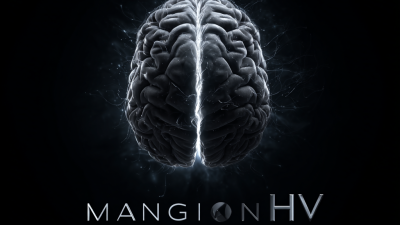
Innovative Applications of Best Magnetic Brain Stimulation in Modern Therapy
